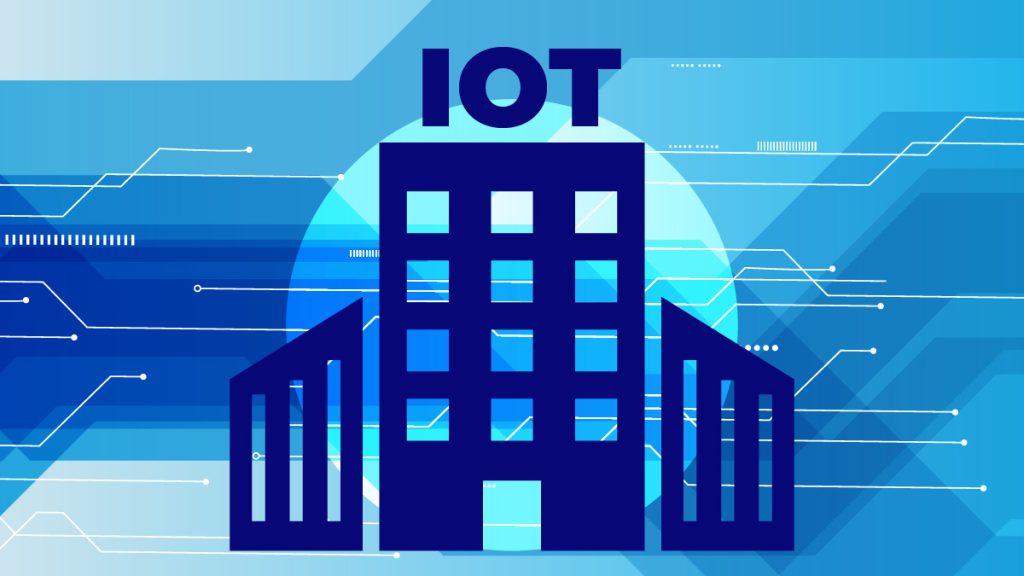
Ever since their first appearance in 1989, Internet-of-Things (IoT) systems have wormed themselves into the next centuries of innovations, from intelligent toasters to robotic butlers. And while they heavily rely on cloud computing, they managed to make data the new oil of the digital age. As a result, we have witnessed the implementation of IoT in various industries, most notably in digital twin technology. And by extension, we followed its integration into the virtual social world, the metaverse.
Digital Twin Technology: Another Win for IoT
If you are unsure what digital twin technology entails, let me simplify it. Digital twins are identical and real-time replicas of real-life subjects through sensors and survey inputs. This nifty tech is handy for running scenarios and figuring out the best course of action, depending on the outcome. The concept is similar to Dr. Strange running through all universes to determine all possible results for their fight against Thanos and decide on the best course of action.
IoT’s Part of the Equation
IoT and digital twin technology are fundamentally connected. You cannot have an operational twin without IoT’s stream of data. Throughout the real twin, you need to scatter IoT devices that relay live data to the digital twin in a computer server.
Technically speaking, you could have wired devices monitoring, but imagine the time and money building such a system would take. IoT devices can connect and the central server through the internet. Such a system made the collection of holistic data and the subsequent run of the digital twin very easy and manageable.
Digital Twin Tech Use Cases
This technology has become quite popular in recent years:
- Manufacturing: They can mirror a product’s lifecycle, making them indispensable in all manufacturing phases, from start to finish.
- Healthcare: This subdivision of digital twin technology relies on collected data as doctors can run treatment strategies on the patient’s digital twin to simulate the results based on the data.
- Automobile: Vehicles are a mix of complex, variable, and co-functioning systems. The extensive use of digital twins in auto design and manufacturing improves performance, minimizes production costs, and generates massive revenue for the automotive industry.
- And more.
What we are concerned with for now is retail, more specifically, meta-retail.
Digital Twins, Retail, and the Enterprise Metaverse
This era is by far the most technologically advanced one to date. And it’s only getting better from here. As a result, organizations, particularly those in retail, will rely on immersive experiences enabled by augmented reality (AR) and virtual reality (VR). Using extended reality devices will allow employees to accumulate real-world product design experience and training from their desks by manipulating 3D digital equipment replicas.
Most focus is on the commercial metaverse (i.e., interactions between consumers and their avatars and brands and trading physical and digital goods). Nevertheless, the “behind-the-scenes” metaverse could be as effective and reliable, if not more so. In fact, through AR and VR, the metaverse would theoretically enable the following:
- Optimized decision-making from the C-suite to the front lines
- Customized and immersive employee and customer experiences
- Autonomous AI use cases that aren’t possible today and
- New product development mechanisms and processes
And while the technology is not there yet, leading tech companies are making the first strides: digital twin technology. Experts estimate that the metaverse, especially meta-retail, will be powered by numerous interconnected digital twins replicating everything from physical objects to people.
Retail
The retail industry is extensive, and digital twin technology application is intriguing and promising. The meta-factory would include the following:
- Anan end-to-end supply chain (i.e., raw materials and delivery)
- An early warning system for disruption
- Real-time reports of existing inventory buffers, alternative suppliers, and comparable parts
- A simulator for transitions between vendors minimizing changeover impact
- Automatic initiation of vendor-onboarding and purchasing-order processes
- Simulation of the change’s impact on customers and existing processes
- Simulation of any resulting production disruptions
- Recommendations ensuring high production quality by optimizing workforce and shipping schedules
- Recommendations for store managers regarding updating store layouts and product mixes to fill any temporary
As a result, implementing digital twins reduces the time an item is out of stock from months to days, reduces financial costs to near zero, causes minimal disruption to employees, and increases customer satisfaction.
Final Thoughts
As things stand in the retail industry, big warehouses and factories are under scrutiny for their employees’ treatment. Specific facilities, for example, lack basic amenities such as functional bathrooms. So, the public’s trepidation toward these big, morally compromised companies accessing their data for the function of digital twins is understandable. How low can these companies morally sink in a world where capitalism is king and fast goods reign supreme? Additionally, can you imagine what would become of the whole population if these morally questionable entities got a hold on every crumb of data for “research purposes”?
Inside Telecom provides you with an extensive list of content covering all aspects of the tech industry. Keep an eye on our Intelligent Tech sections to stay informed and up-to-date with our daily articles.